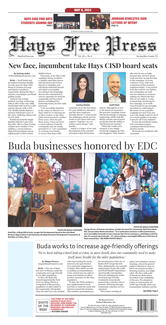Columns, Opinions
COVID – a health crisis and a home crisis
Home is the front line for the COVID-19 crisis unfolding in our nation. For many, we are finishing projects we’ve been meaning to tackle and spending time with family members who are usually too busy to sit for dinner at the table. How you spend time sheltering-in-place says a lot about the world you live in. Normally, our differences are masked. It’s hard to tell who gets free lunches at school and who doesn’t, who needs the library’s free internet access to complete hom...





